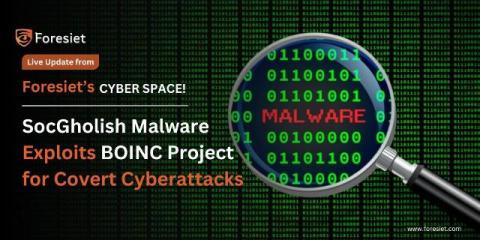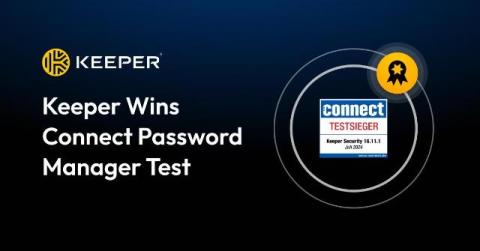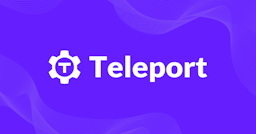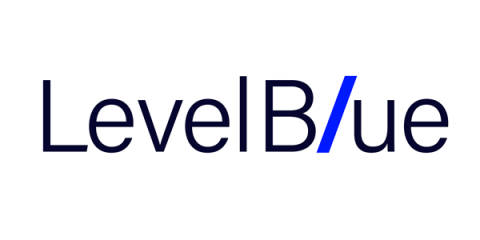De-Risk Technology Transitions and Save Money with Trustwave
With all the issues happening in cybersecurity technology lately, such as CrowdStrike’s software update that caused massive outages worldwide last week, it behooves all organizations to take a serious look at their security stack with an eye toward paring it down to help reduce your threat landscape.











